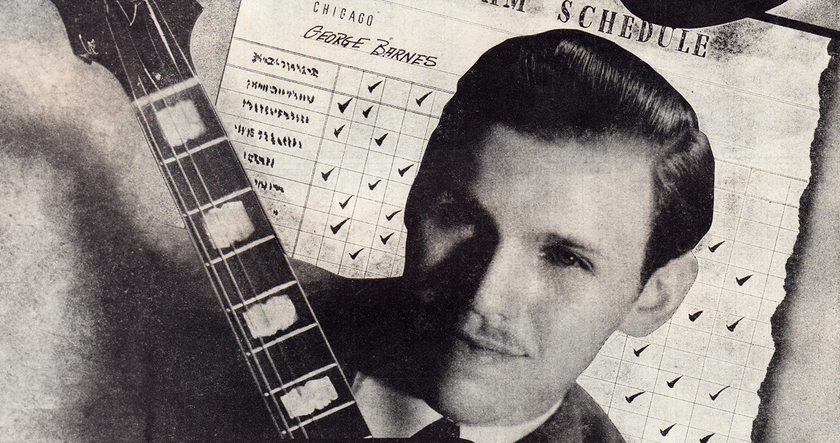Get the sound of Blackbox's Ride On Time
Classic late-'80s house pop rebuilt
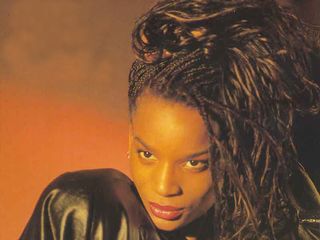
Intro
This classic pop-house track caused a huge stir when it was released in 1989, not only because it was a great tune but also due to the controversial and initially unaccredited use of Loleatta Holloway's sampled vocals from her tune Love Sensation.
The band also hired a model to lip sync for all the TV and live performances, which just added to the controversy. Despite this, Ride On Time was a huge international hit for the Italian production team and the infectious house piano riff (played on a Korg M1 using the now infamous preset piano 8), coupled with Roland 909 drums, cheesy strings/brass and dark synth bassline, typified the Ital-house sound.
Little is known about the making of the track, but we're going to attempt to recreate the main chorus loop using Logic's stock sounds and plug-ins.
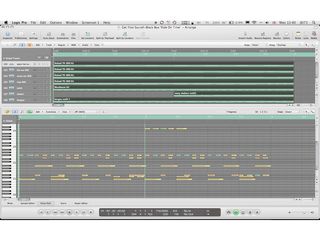
The drums
First off you’ll need a copy of the original track. Skip to 3:33 (on the album version) and you’ll hear the beat isolated for a few seconds. You’ll need a 909-style kick, snare and open hat, a 909 clap panned to the left, plus a tambourine.
Listen carefully so that you get the correct placement of all the rhythmic parts. In Logic, we’ve loaded up several instances of EXS24 with a different rhythmic element on each channel (track 1 open hats, track 2 kick, track 3 snare, track 4 clap, track 5 tambourine, track 6 shaker and track 7 bongos). Quantize all parts to 1/16th notes to get the correct feel.
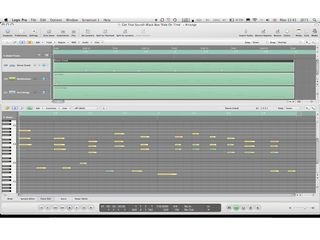
Harmony, melody and bass
Once everything is placed correctly when compared to the original, move onto the harmony, melody and bass instruments.
For the classic M1-style House piano, we’ve loaded the ‘Stereo Grand’ preset into EXS24, for the bass sound we’ve loaded up Logic’s ES1 synth, for the strings an EXS patch called ‘Arco Strings’ and for the organ another stock EXS preset called ‘B3 Dry Jazz’. At 20 seconds into the tune you can hear the piano part with just the bare bones beat, so this is the best place to try to copy the piano part by ear – have a look at the screenshot if it’s a little too tricky to work out. The same applies to the bassline and organ parts – check the screenshot for accurate note placement or try slowing the track down so you can hear things more clearly.
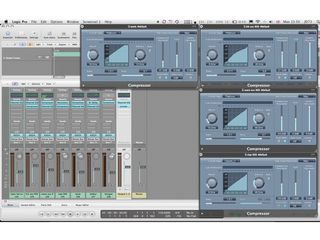
Tweaking
Now that the beats and music are in place, let’s tweak the individual parts. First look at the drums. High pass the open hats on the EXS24 to give them more sizzle and so they don’t take up too much low end in the mix.
Use Logic’s channel EQ and compressor to add more beater sound to the kick. Do the same with the snare – roll some bass out and then compress. With the percussion parts, again it’s a matter of using subtle compression and EQ to make them cut through the mix. Pan the tambourine hard left, the clap more subtly to the left and pan the bongos to the right.
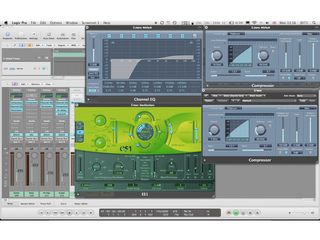
Piano
The stock Logic piano sound is already quite close to the original M1 sample, so just employ some
compression and EQ to make it cut through the mix. Roll out all the lows from 215Hz downwards and boost the top end +5.5 at 2000Hz.
For the ES1 bass, start with the default patch, then switch Osc pitch to 8’ with the first square wave type selected on the sub Osc and saw on the main Osc, then mix in slightly more main Osc than sub. Throw on the C2 chorus to add extra animation and width to the sound and tweak the envelopes for fast attack and release, medium decay and long sustain. Filter resonance and cutoff should be set pretty low.
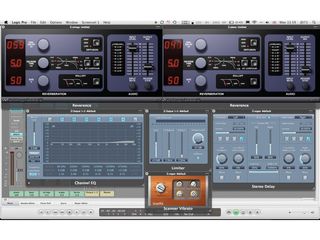
Mix massage
Finally, massage the mix until you’re satisfied that it sounds authentic. Use an ’80s-style reverb
plug-in to get things to blend, especially on the string part, snare and piano.
Then add some stereo delay to the claps and the organ to fill out the parts and make them flow more. Once you’re happy with the mix, you can do a quick bit of home mastering for extra loudness and brightness. Simply add a little high-end boost using the channel EQ and a limiter to stop overs and maximise the volume, with about 3dB max of gain reduction.

Future Music is the number one magazine for today's producers. Packed with technique and technology we'll help you make great new music. All-access artist interviews, in-depth gear reviews, essential production tutorials and much more. Every marvellous monthly edition features reliable reviews of the latest and greatest hardware and software technology and techniques, unparalleled advice, in-depth interviews, sensational free samples and so much more to improve the experience and outcome of your music-making.

“My management and agent have always tried to cover my back on the road”: Neil Young just axed premium gig tickets following advice from The Cure’s Robert Smith
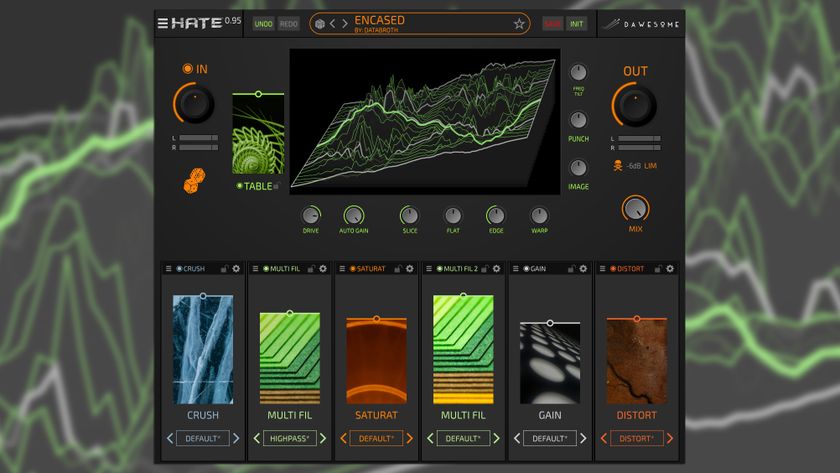
It might be called Hate, but Dawesome's new wavetable distortion plugin actually looks rather loveable

“My management and agent have always tried to cover my back on the road”: Neil Young just axed premium gig tickets following advice from The Cure’s Robert Smith

It might be called Hate, but Dawesome's new wavetable distortion plugin actually looks rather loveable
